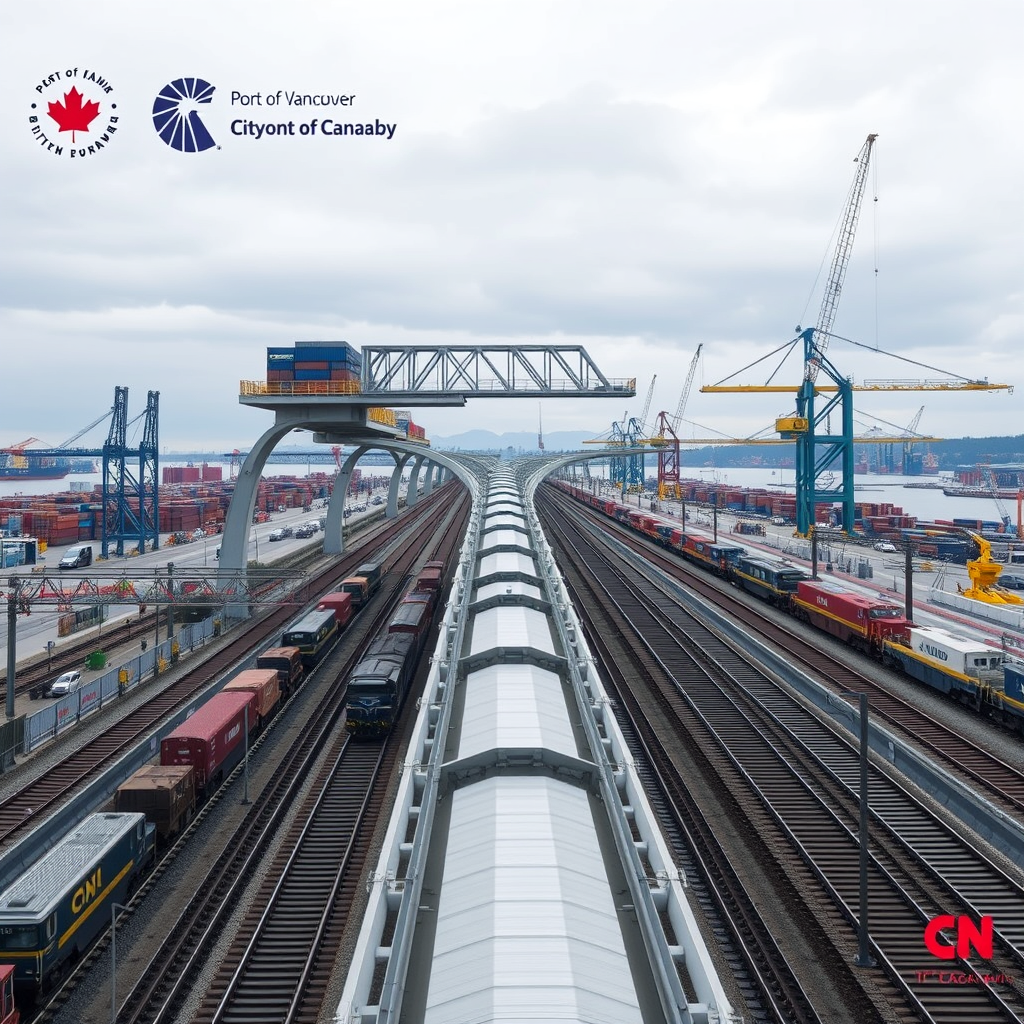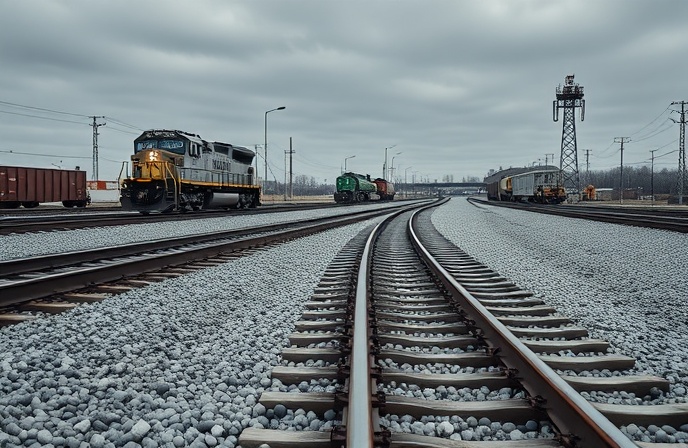Frecciarossa 1000: Spain’s High-Speed Rail Revolution

This article delves into the significant contract between Trenitalia and the consortium of Hitachi Rail and Bombardier Transportation for the delivery of 23 Frecciarossa 1000 very high-speed (VHS) trains. This €797 million (approximately $943 million USD) agreement marks a crucial step in the liberalization of Europe’s railway market and highlights the growing demand for high-speed rail travel. The procurement of these state-of-the-art trains for the ILSA (Intermodalidad de Levante) joint venture between Trenitalia and Operador Ferroviario de Levante signifies a major investment in enhancing Spain’s high-speed rail network and its competitiveness within the European transportation landscape. We will examine the technological advancements embodied in the Frecciarossa 1000, the strategic implications of this contract for both the involved companies and the Spanish railway sector, and the broader context of this deal within the evolving European railway market. Finally, we will explore the potential future impact of this investment on passenger experience, operational efficiency, and the overall sustainability of the Spanish rail system.
The Frecciarossa 1000: A Technological Marvel
The Frecciarossa 1000, a product of the joint efforts of Hitachi Rail and Bombardier Transportation, represents a pinnacle of high-speed train technology. Boasting a top commercial speed of 360 km/h, these trains incorporate cutting-edge aerodynamic design and energy-efficient systems. Their quiet operation is a significant improvement over previous generations of high-speed trains, minimizing noise pollution and improving the passenger experience. Beyond the speed and quietness, the Frecciarossa 1000 offers significant passenger amenities such as ample seating capacity (around 460 passengers per 200m train), dedicated meeting rooms, bistro areas, and onboard Wi-Fi access, setting a new standard for long-distance travel. The trains also meet all relevant Technical Specifications for Interoperability (TSI) requirements, ensuring seamless integration into the existing Spanish rail infrastructure.
Strategic Implications for Hitachi Rail and Bombardier Transportation
This contract holds significant strategic importance for both Hitachi Rail and Bombardier Transportation. The 60/40 partnership structure reflects the respective contributions and expertise of each company. For Hitachi Rail, this large order strengthens its position in the European high-speed rail market, building upon its previous successes and demonstrating the global demand for its advanced train technology. For Bombardier Transportation, it showcases the capabilities of its V300ZEFIRO platform and strengthens its ties within the European rail industry. The collaboration also signifies a successful example of international cooperation in the high-speed rail sector, demonstrating the benefits of combining expertise and resources for large-scale projects.
ILSA and the Liberalization of the Spanish Rail Market
The selection of ILSA, a joint venture between Trenitalia and Operador Ferroviario de Levante, as the first private operator to access the Spanish high-speed rail market is a landmark event. It marks a significant step towards the liberalization of the Spanish railway system, increasing competition and potentially driving down prices and improving services for passengers. This contract highlights Trenitalia’s strategic expansion into new European markets and underlines the growing appeal of high-speed rail travel as a sustainable and efficient mode of transportation. The introduction of the Frecciarossa 1000 trains on routes such as Madrid-Barcelona, Madrid-Valencia/Alicante, and Madrid-Seville/Malaga promises to significantly enhance passenger travel options across Spain.
Conclusion
The €797 million contract for 23 Frecciarossa 1000 high-speed trains represents a pivotal moment for the European rail industry. This significant investment by Trenitalia, facilitated by the partnership between Hitachi Rail and Bombardier Transportation, highlights the escalating demand for advanced, high-speed rail technologies across Europe. The deal’s impact extends beyond the immediate financial benefits to the involved companies. It signifies the successful implementation of the liberalization of the Spanish rail market, fostering competition and potentially leading to enhanced services for the traveling public. The introduction of the Frecciarossa 1000, a technologically superior train, is poised to redefine passenger expectations, setting a new benchmark for comfort, speed, and efficiency in long-distance rail travel. Ultimately, the contract’s long-term implications for sustainable transportation, improved connectivity, and the economic dynamism of the Spanish rail sector are profound. The success of this venture underscores a positive outlook for the future of high-speed rail in Europe and the global movement towards sustainable transportation solutions. The introduction of the Frecciarossa 1000 also encourages a shift from car and air travel, supporting global environmental goals by reducing carbon emissions. The project demonstrates a successful public-private partnership model for the future development of high-speed rail networks across the continent.





